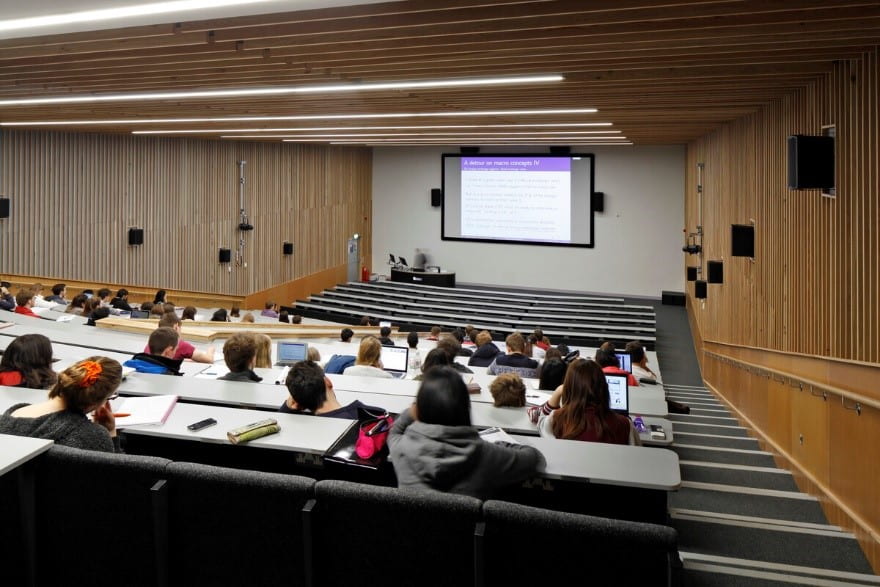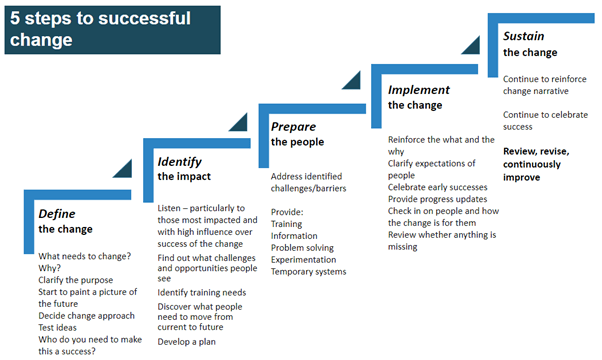By Daniel Black

Complex global challenges require large-scale, impact-oriented, transdisciplinary research, yet their successful design and operationalisation is far from straight-forward. As the TRUUD research programme concludes, Co-Director Daniel Black reflects on lessons learned and provides insight into how consideration of research culture could help to mitigate common operational challenges.
Daniel Black is Founder Director of Daniel Black + Associates (db+a) and is currently co-leading TRUUD from the University of Bristol.
The project
From 2019 to 2025 – through Covid lockdowns – TRUUD (Tackling the Root Causes of Unhealthy Urban Development) brought together 63 researchers, six universities and 11 collaborating partners with a wide range of external stakeholders. Our mission was to transform how health is valued at root-cause decision-points in the UK’s urban planning and development sectors. Our funders, the UK Prevention Research Partnership, wanted to see solutions-focused approaches to population (and planetary) health research that embraced complexity and intervened upstream. The project generated a great deal of interest, not least due to the step-change in health valuation in urban development, yet arguably the greatest achievements are hidden from view: the challenges overcome in its operationalisation.

A hidden challenge
Whilst we complete the programme in surprisingly good shape, we’ve had to weather relationship breakdowns, researcher burnout, staff churn, all at their worst during the unavoidable “storming stage”. Anecdotally, we hear this is common, especially for large ambitious research projects, so it is clearly not unique to us. In fact, the Wellcome 2020 review of the UK’s research culture found that “Current practice prioritises outputs at all costs (which is) damaging people’s wellbeing and undermining the quality of the research.” One can’t help but wonder: how much of the strain we experienced was avoidable, and what role might research culture might play in this?
Bid development and delivery
The proposal was conceptualised initially by non-academic research leads before being co-developed and re-framed with a growing group of academics in consultation with multiple external stakeholders. The consortium was co-led from within Population Health with the majority of funding distributed across a dozen cost centres, mainly external, and across diverse disciplines, from economics and engineering to real estate and public health ethics.
After two years of large group interview and workshop analysis, we identified 50 areas of potential intervention, then identified seven priority areas for development and evaluation that we restructured around. A primary innovation of the original design was that these new and now largely autonomous sub-teams were: a) newly formed around identified problem areas, b) made up of new disciplinary relationships, and c) all had multiple overlapping areas of focus.

Issues arising
Understandings around research leadership was a major issue, and specifically how much autonomy was appropriate in Phase 1. In hindsight, we had not made sufficiently clear that we were one single project (rather than a programme of six separate autonomous projects), or what that meant in terms of leadership expectations. The research leads were also all over-worked and time-poor, with most expecting to have almost complete autonomy over their work streams, whereas the research design required coherence to a single vision. Ultimately, it’s still unclear now how possible it would have been to balance autonomy with coherence given current expectations.
Additional challenges, mainly around communication and budget control, included:
- Project scale and challenges of communicating across large, dispersed groups
- Mid-project restructure, budget control issues and impact on mission-orientation
- Lack of time, limiting discussion and communication
- Lack of in-house communications staff, limiting ability to communicate effectively
Lessons learned
The overarching lesson for future projects is around expectations: of researchers, of managers, of funders, of researchers about funders, and of researchers about other researchers. The major challenges were not just with our own project and team, but with many wider, structural and institutional factors: not just the epistemological, linguistic, methodological and associated managerial differences between disciplines, but expectations around academic autonomy/independence, management and reporting, research and investment, even government policy and priorities.

Recommendations
Mid-way through, we reflected on what we’d learned. In short, we suggest the following is needed:
- Embracing of uncertainty
- Sophisticated coordination and communication
- Adequate resource (for additional time and communication required)
- Psychological safety
- Valued critical reflection and research-on-research
- Funders supportive of the above
We also explored in far more depth several key areas as they arose:
- How we collectively understand, plan for and evaluate ‘societal impact’
- What “good” co-production looks like in our context
- How we identify and involve critical stakeholders, including the public
- How team understandings changed over time (in production)
In addition, we now prioritise in our recruitment open-mindedness and flexibility as essential characteristics, and we continue to consider how to overcome hierarchies and power imbalances based on seniority, gender, discipline, age and academic/non-academic relations. We also seek to embrace tension, which is inevitable and arguably fundamental to innovation, but we also plan to ensure it can be resolved in a healthy way.
Conclusion
According to the Royal Society “Research culture determines the way that research is conducted and communicated.” We expected TRUUD to be challenging to operationalise. We’d experienced and reflected upon similar challenges when undertaking comparable projects, albeit on a smaller scale. As expected therefore, not all the challenges we experienced on this project could we anticipate. The term “herding cats” is an over-used, but apt description that belies a serious challenge: how can we do truly innovative, mission-oriented, large-scale, transdisciplinary research when approaches to research management and oversight is so entrenched, and time in academia is in such short supply? Research culture has a clear role to play in terms of expectations, and the good news is that it’s determined by all of us.
Daniel would like to thank Ben Hicks and Julia Walton for their reviews of this piece. You can read about TRUUD’s interventions, the tools and guidance we’ve generated and the teams behind them in our final Impact Report, the Phase 1 Report and the website: www.truud.ac.uk. TRUUD has been supported by the UK Prevention Research Partnership (UKPRP), an initiative funded by UK Research and Innovation Councils, the Department of Health and Social Care (England) and the UK devolved administrations, and leading health research charities.








 Lydia Klimecki is a People Development Partner in the People Development Team where she manages Bristol Clear, Bristol’s Researcher Development Hub and leads on Bristol’s Researcher Concordat implementation. A qualified coach, Lydia is passionate about supporting strategic career advancement and culture change initiatives.
Lydia Klimecki is a People Development Partner in the People Development Team where she manages Bristol Clear, Bristol’s Researcher Development Hub and leads on Bristol’s Researcher Concordat implementation. A qualified coach, Lydia is passionate about supporting strategic career advancement and culture change initiatives. esearch Culture Strategy Manager at the University of Bristol. She supports the Associate Pro Vice-Chancellor for Research Culture, Marcus Munafò in leading research culture activity across the university, and monitors the implementation of the research culture strategy. She also sits on the committee for the
esearch Culture Strategy Manager at the University of Bristol. She supports the Associate Pro Vice-Chancellor for Research Culture, Marcus Munafò in leading research culture activity across the university, and monitors the implementation of the research culture strategy. She also sits on the committee for the  Eirini is a Project Officer at the University of Bristol. She oversees the process of funding allocation to the Research Culture projects, monitors spending and offers support and guidance for all finance-related matters. Eirini also supports the Policy Support funded projects and Participatory Research projects in the same capacity.
Eirini is a Project Officer at the University of Bristol. She oversees the process of funding allocation to the Research Culture projects, monitors spending and offers support and guidance for all finance-related matters. Eirini also supports the Policy Support funded projects and Participatory Research projects in the same capacity.






 Yasmine is Research Culture Strategy Manager at the University of Bristol. She supports the Associate Pro Vice-Chancellor for Research Culture, Marcus Munafo in leading research culture activity across the university, and monitors the implementation of the research culture strategy. She also sits on the committee for the
Yasmine is Research Culture Strategy Manager at the University of Bristol. She supports the Associate Pro Vice-Chancellor for Research Culture, Marcus Munafo in leading research culture activity across the university, and monitors the implementation of the research culture strategy. She also sits on the committee for the 















